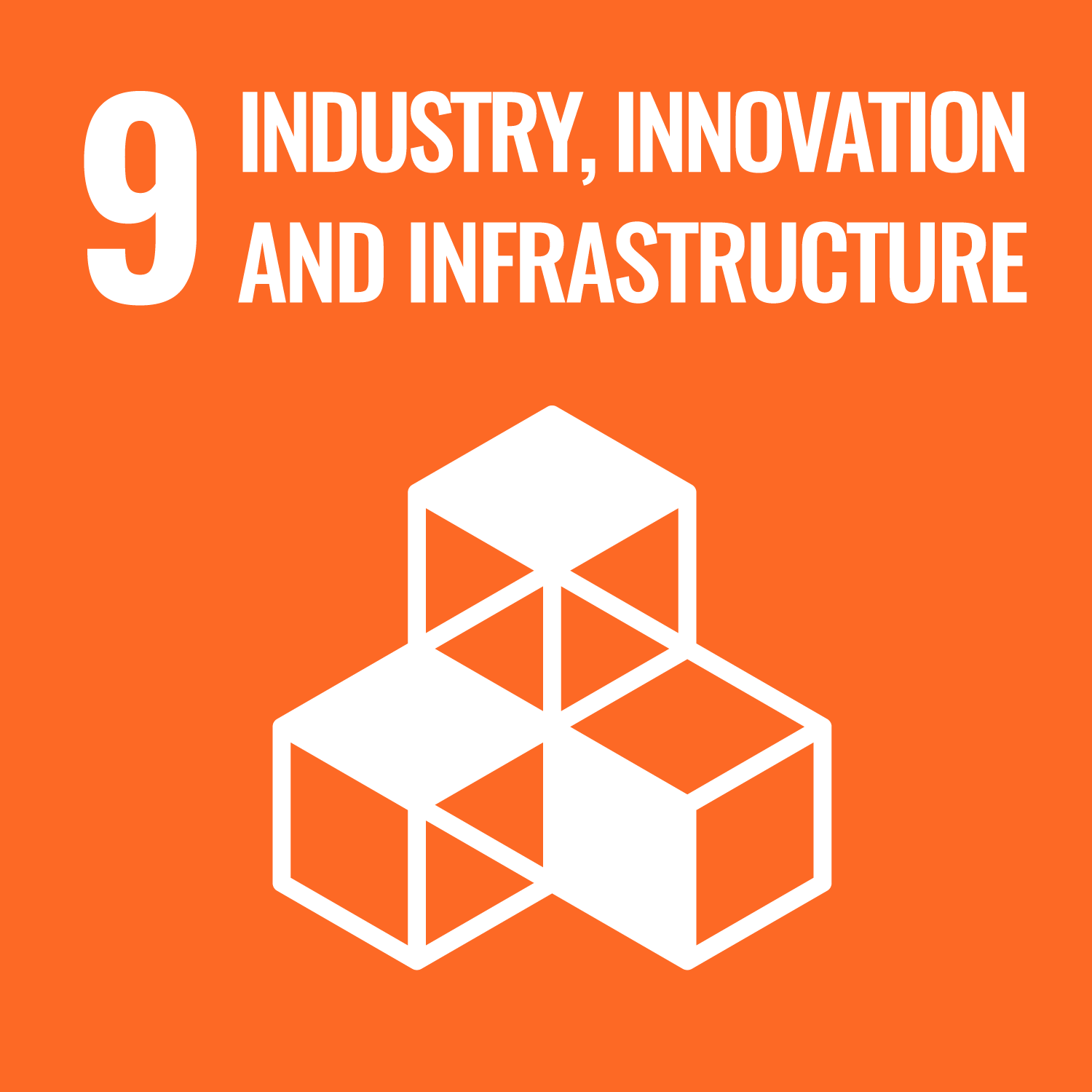Imagine a world where materials could repair themselves, extending their lifespan and reducing waste. This is the promise of self-healing membranes, thin films capable of automatically mending damage. Researchers at Universiti Teknologi Malaysia (UTM) are delving into the fundamental processes that govern the formation of these remarkable materials, bringing us closer to realizing their potential.
Their work focuses on membranes formed by the spontaneous association of polymers at the interface between two liquids. Think of it like mixing oil and water, but with specially designed molecules that are attracted to each other and form a stable, self-healing layer at the boundary. The key to this process lies in the reversible bonding between the polymers, allowing them to move freely within the membrane and be absorbed at its boundaries.
The UTM team has developed a theoretical model to explain how these membranes grow. Their model reveals that the membrane thickens over time following a square root law (h ~ t^(1/2)), a hallmark of interdiffusion-controlled processes. This means that the speed at which the polymers diffuse and bind to each other dictates the overall growth rate. The model highlights the crucial role of factors such as the difference in polymer concentrations at the boundaries, the strength of the association between the polymers, and their size and mobility.
To validate their model, the researchers studied the growth of hydrogel membranes formed by hydrogen bonding between poly(propylene oxide) (PPO) and poly(methacrylic acid) (PMAA) at the interface of two solutions. They used reflectometry to measure the film thickness over time. The results showed that the membrane growth rate is significantly affected by the ionization degree of PMAA. Specifically, increasing the pH, and thus the ionization, slowed down the growth rate considerably.
The study highlights that even subtle changes in the chemical environment can have a large impact on the growth dynamics of self-healing membranes. The model developed by the UTM researchers provides a framework for understanding and controlling this process, opening up possibilities for designing membranes with specific properties and functions. This research has potential applications in diverse fields, including drug delivery, water purification, and the creation of advanced coatings. Further studies and investigation of other materials and applications may lead to more robust models and the development of innovative products in the future.
DOI: https://doi.org/10.1016/j.desal.2025.119007

